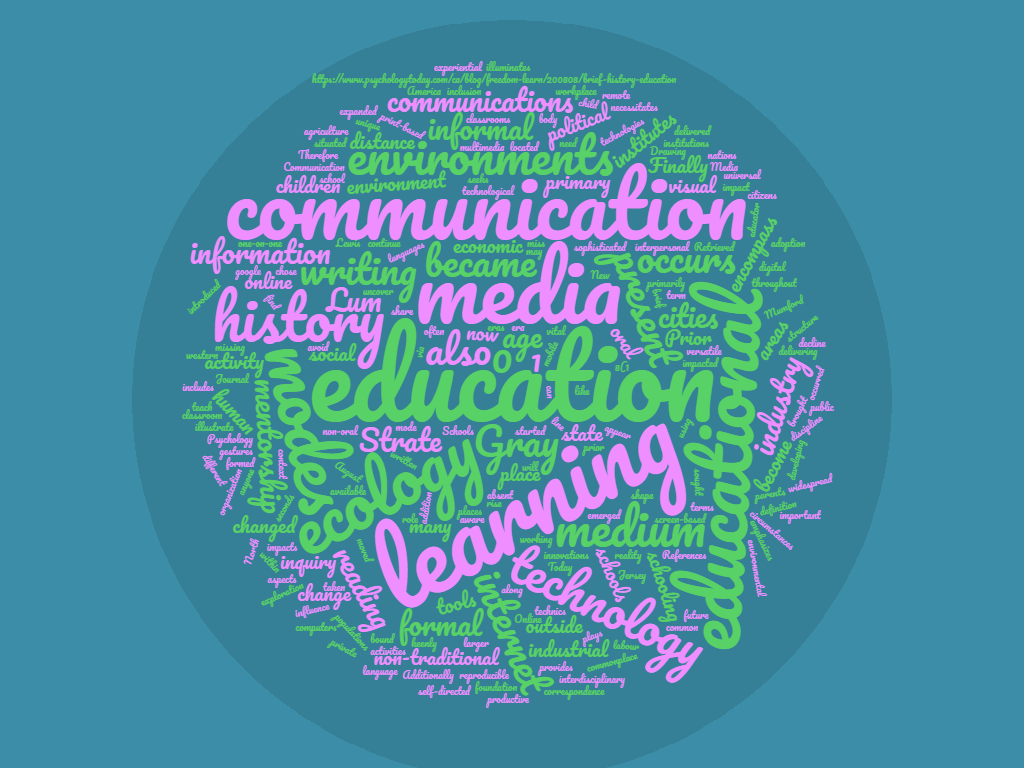For this task, we are asked to write by hand. As I never write by hand anymore, the topic of my manually written text is a reflection on the times when I used to write by hand often. Through my reflection, I realize that I have not written manually regularly for almost 20 years. I recall how as an undergrad when computers were still new to me, I used to write all my essay first drafts by hand, transcribing them later into Word. This makes me sound old. Interestingly, I am a millennial, just never had computer access until my adults years.
This was a very challenging activity. I very rarely manually write anymore. I typically have a laptop, tablet, or smartphone with me at all times, so I utilize whatever technology is available to take notes, write reminders, or whatever the need is at the time. The first major challenge I ran into was finding paper and a pen! I had to dig into the deepest recesses of my closet to find the vitals of manual writing technology. And even then, the only paper I could find was graphing paper.
Writing itself was hard. Within minutes my hand began to cramp. By the end of the task, my hand was so sore, it reminded me of the lack of sensation my hands would have after massive 3-4 hour essay exams of my undergrad years. The pain was not a pleasant experience.
When I was preparing for this task, I was expecting myself to make a lot of mistakes, particularly misspelling. Interestingly, it was like riding a bike. My hands seemed to know the shapes it needed to make and words I have seen myself misspell and correct on screen were perfectly written on paper. That is not to say I did not make mistakes in this writing. As I did in the past when this was the mode of writing, for small mistakes, I wrote over the mistake, blending it into the correct word. For larger mistakes, I scribbled them out. As I was using pen, my options for editing were limited. If I had whiteout that could have helped with correcting mistakes. Pencil would have offered the option of erasing mistakes. The media impacts the options available for editing.
Another challenge I found was tracking word count. With typing, I am so used to having a word counter automatically tick away as I write. Estimating word count in manually writing is much more challenging. For most activities in the world, word count really does not matter, so I am not sure what our obsession with it is.
The editing capabilities, I think, are the biggest differences between computerized and manually writing technologies. It is more than being able to quickly correct mistakes. With computerized writing, you can move sentences, rearrange text, and copy text and media from other documents. This flexibility is not available in manual writing technologies. In some ways, I think this has also given us flexibility in thinking. Back when manual writing was the technology for writing essays, you may think to swap two adjacent sentences. However, it is unlikely that you would think to swap sentences that appear on separate pages. This flexibility is the reasons I prefer computerized writing. I would hate to give up copy and paste technology.
- Page 1
- Page 2



